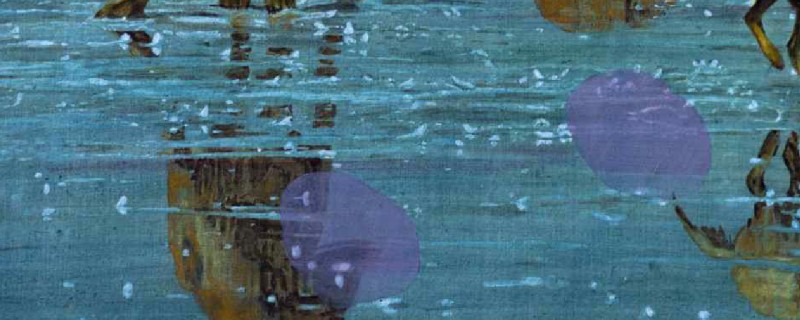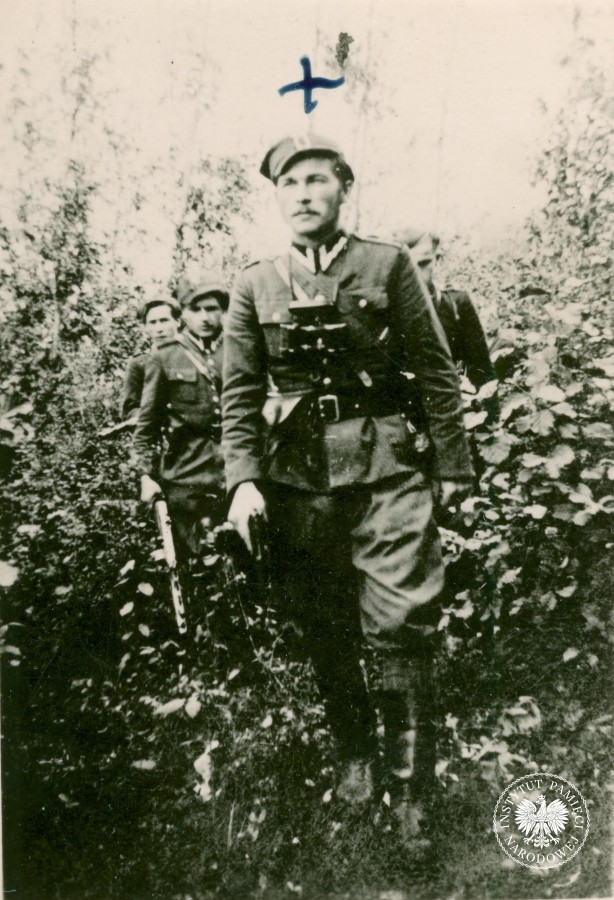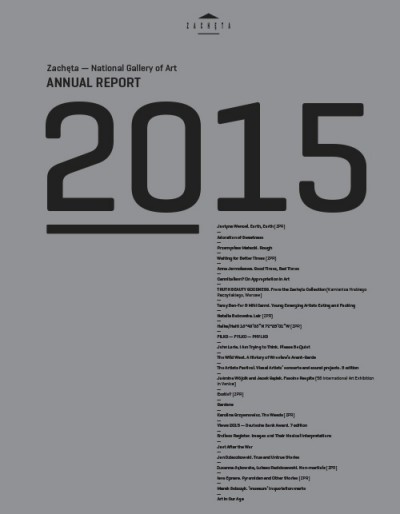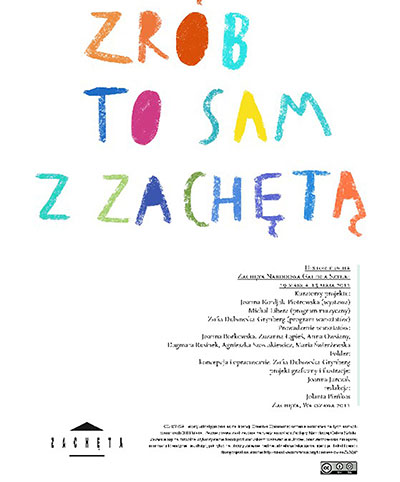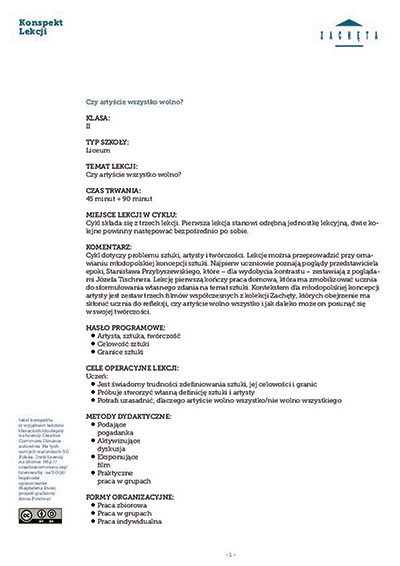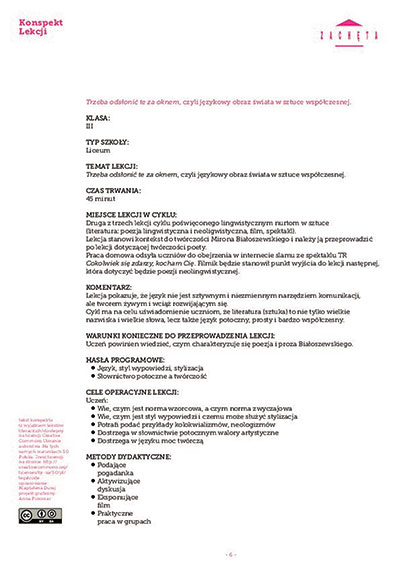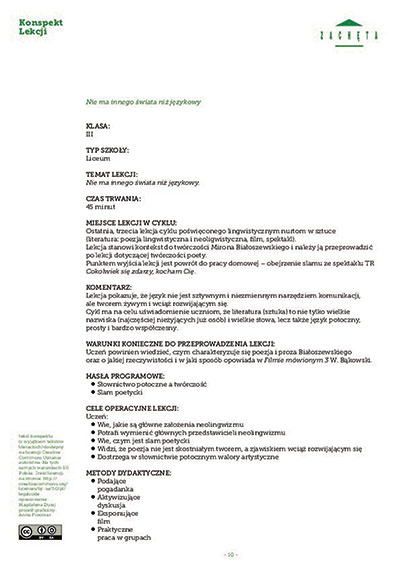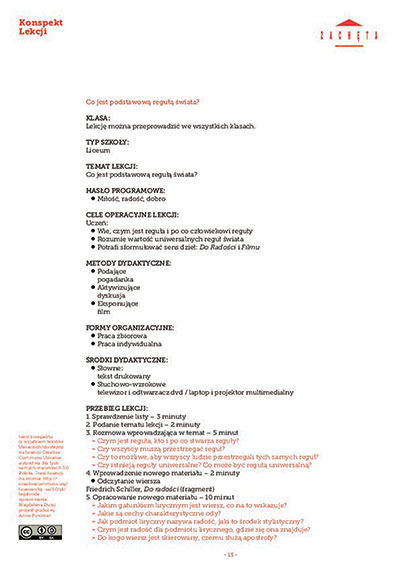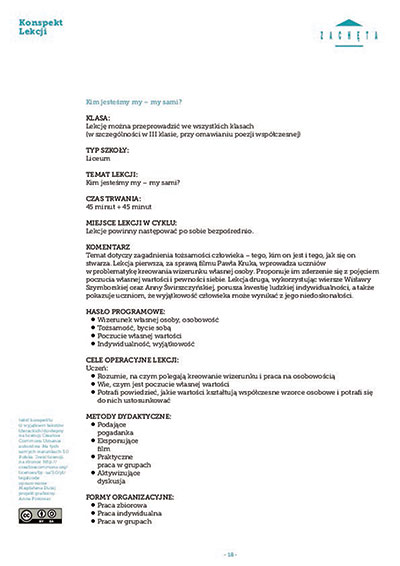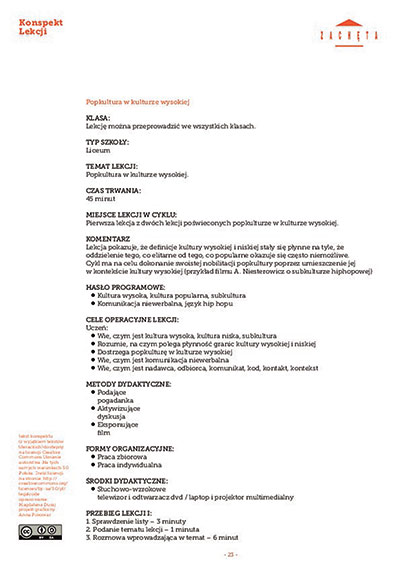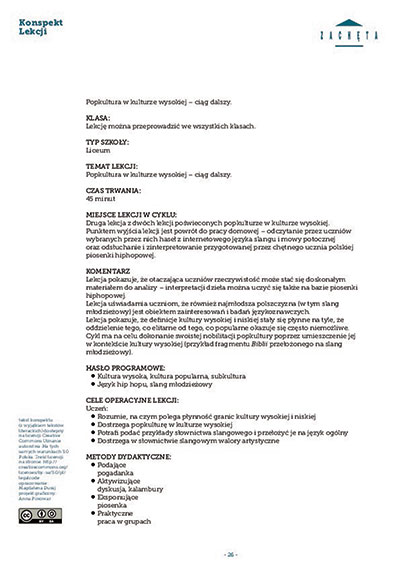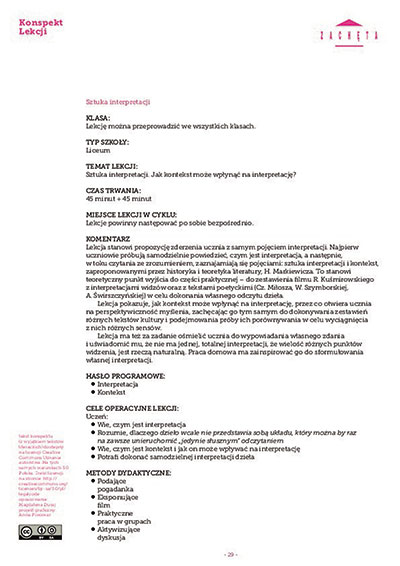Publication date: 09.05.2023
Mieczysław Dziemieszkiewicz was born to a family with patriotic and anti-communist attitudes in Zagroby, Łomża County. His two brothers (Roman aka ‘Adam’, ‘Pogoda’, and Jerzy aka ‘Żbik’) were also soldiers of the National Armed Forces and the National Military Union.
In the spring of 1945, Mieczysław Dziemieszkiewicz was drafted into the Polish People’s Army. A few months later, he deserted and joined the National Armed Forces–National Military Union partisan unit led by Second Lieutenant Marian Kraśniewski aka ‘Burza’. At that time, he adopted his nom de guerre ‘Rój’. He initially served as a liaison, and later he became the commander of the patrol of the Special Emergency Action Unit for Ciechanów County. Its main tasks was to liquidate political opponents, members of the Polish Workers’ Party and officers of the Security Office (UB) and the Citizens’ Militia (MO). It operated mainly in Ciechanów County and parts of Płońsk and Mława Counties, subsequently expanding its activity to other counties.
The most famous actions of ‘Rój’s’ troop include the disarmament of MO stations in Czernice Borowe, Barańce and Gąsocin and the stopping and searching of trains at railway stations in Gołotczyzna and Pomiechówek. There were also plans, though unfulfilled, to kidnap General Piotr Jaroszewicz, the then-deputy minister of national defence, and to exchange him for collaborators of the unit who had been arrested and imprisoned.
Sergeant Major Mieczysław Dziemieszkiewicz aka ‘Rój’ died (along with his subordinate Corporal Bronisław Gniazdowski aka ‘Mazur’) on the night of 14 April 1951 in the city of Szyszki, Pułtusk County, during a raid organised by security service officers and soldiers of the Public Security Corps. They were given away by Dziemieszkiewicz’s fiancée Alina Burkacka, who agreed to collaborate with the UB in return for the release of her parents, who had been arrested and sentenced for giving help to members of the National Military Union.
After the death of ‘Rój’ and ‘Mazur’, their bodies were thoroughly examined, photographed and shown to witnesses for the purpose of their identification. The place of their burial is still unknown.
